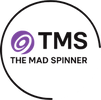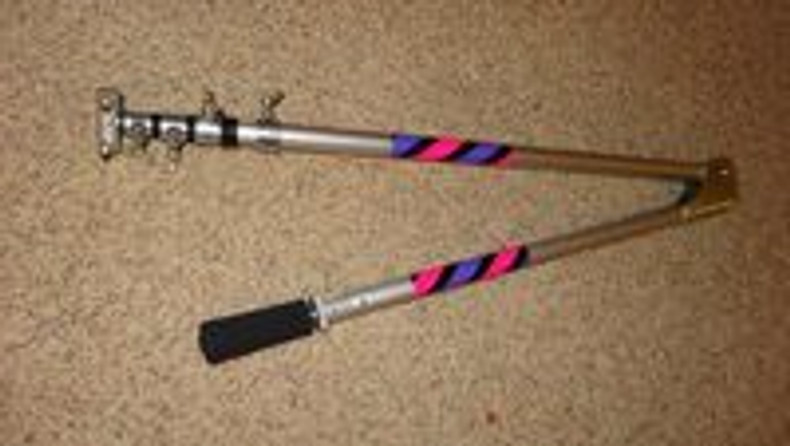Scribes and Compulsory Figures
Compulsory figures require a blade that is less sharp than that used for free skating in order to achieve finer control over the edges and turns. A figure sharpening has a shallower hollow, which prevents accidental "flats" caused by touchdown of the other edge. Blades for compulsory figures don't need the large toe picks necessary for jumping, so blades made specifically for skating compulsory figures have toe picks that are smaller and sometimes placed higher on the front of the blade than free skating blades; this helps the skater avoid accidentally dragging the toe picks on the ice. Compulsory figures also do not require the extremely stiff boots used in free skating to support the foot and ankle on jumps. When compulsory figures were a regular part of competition, many skaters simply recycled their old worn-out "freestyle" boots and blades for figures by grinding down the bottom toe pick and having the blades sharpened for figures.
A device called a scribe – essentially, a large compass – is commonly used as an aid for learning and practicing figures. It is used to lay out the initial shape of a figure and to check the shape and size of circles already skated, and as a straightedge to check the alignment and placement of the turns. However, scribes are not permitted in competition, nor may skaters rely on painted markings on the ice (such as hockey circles, the red line, or the blue lines) to align their figures.
Judges normally stand on the ice, off to one side,to watch the execution of the figure. When the skater has finished, the judges typically check the alignment of the figure from different angles, peer closely at the tracings of the turns, and pace off the diameters of the circles to check their sizes.



Feel free to share because:
info@themadspinner.com

